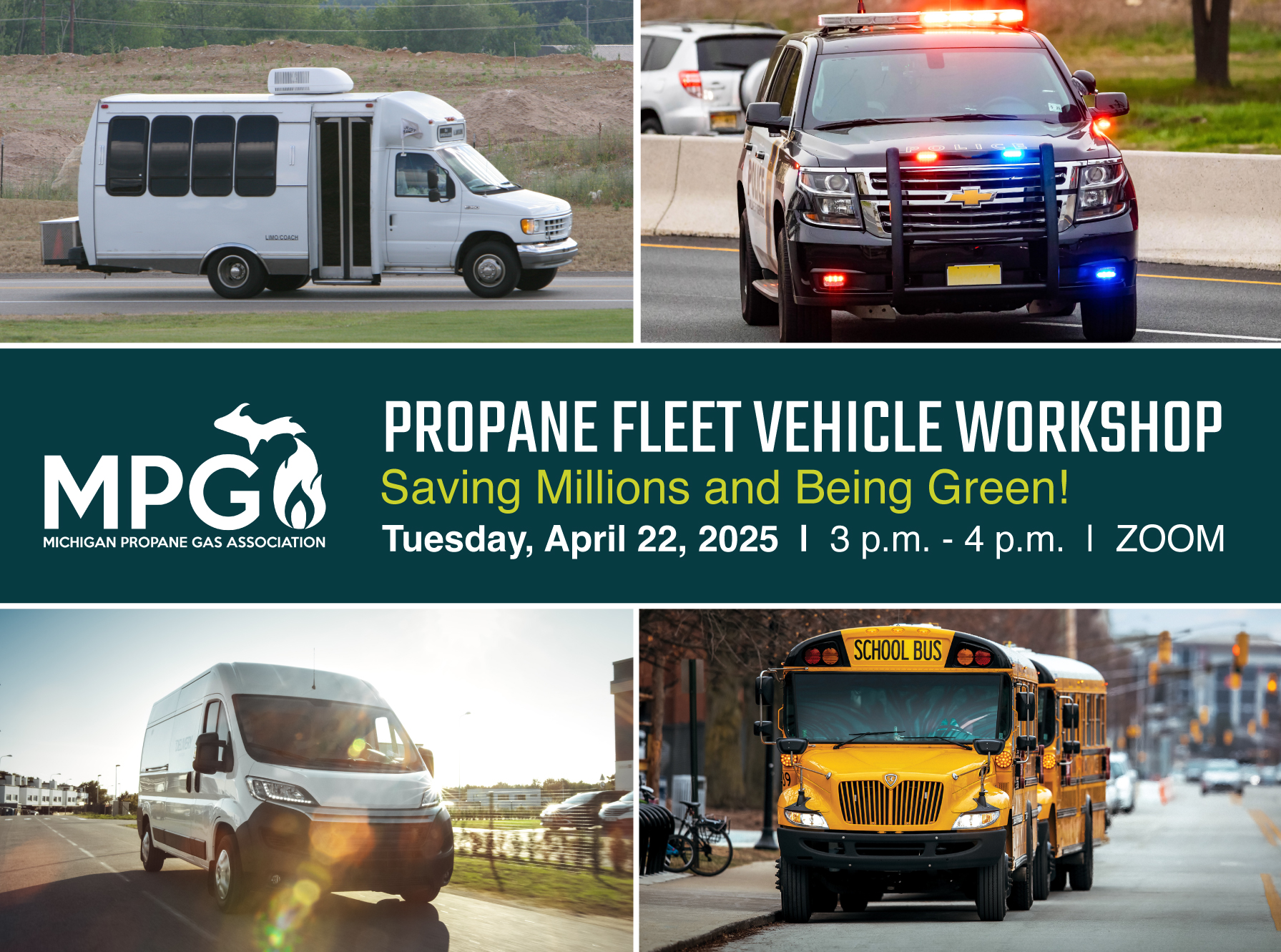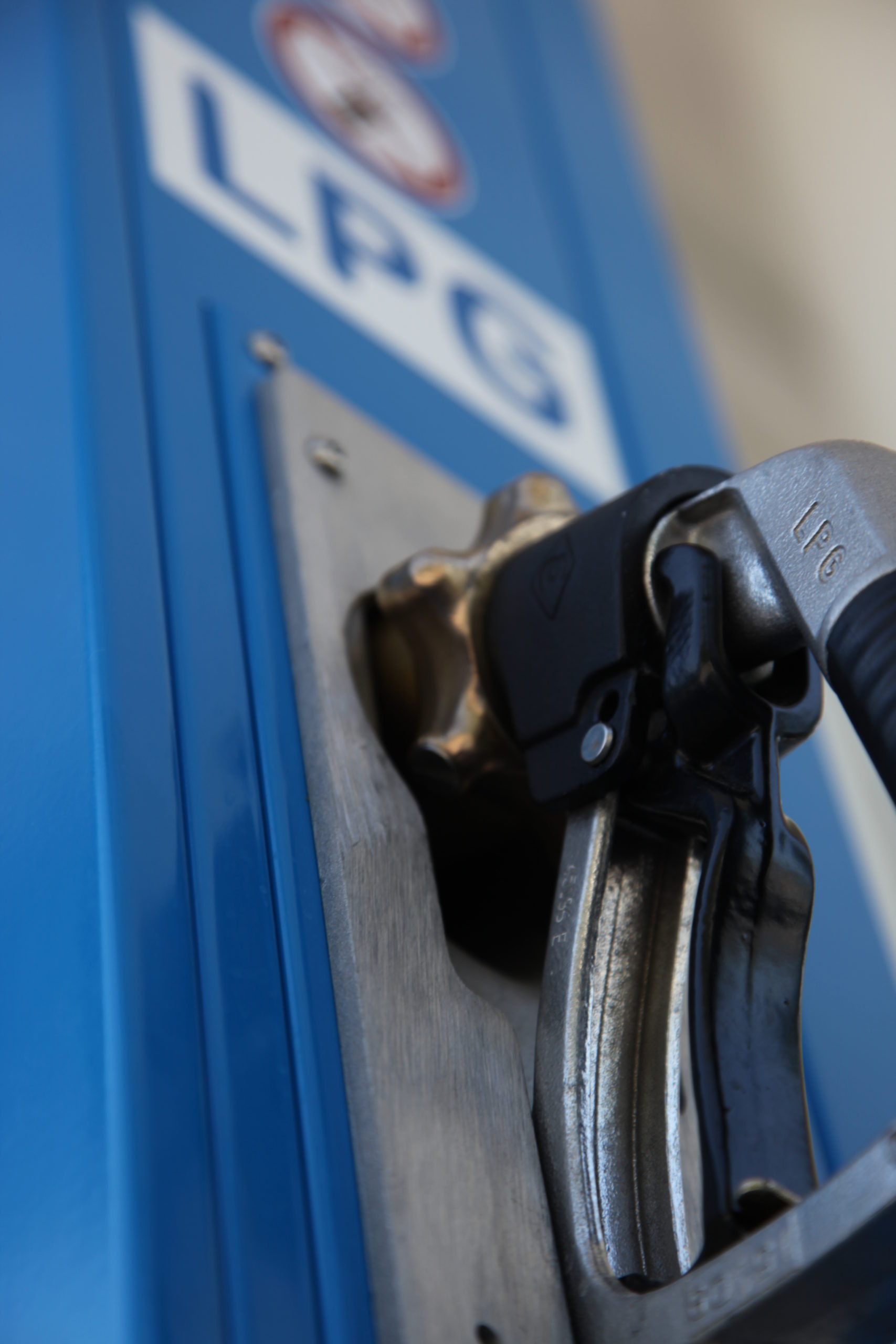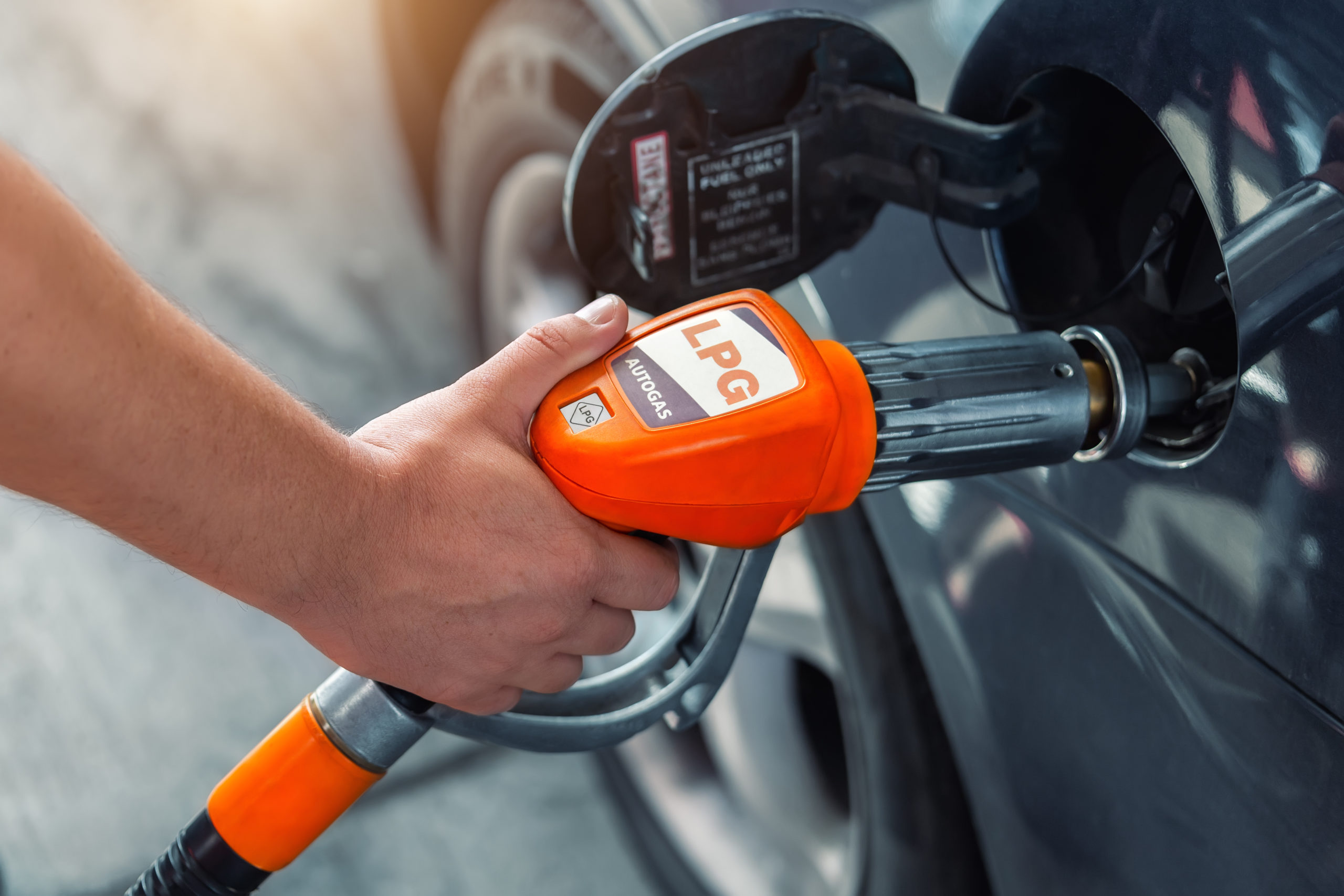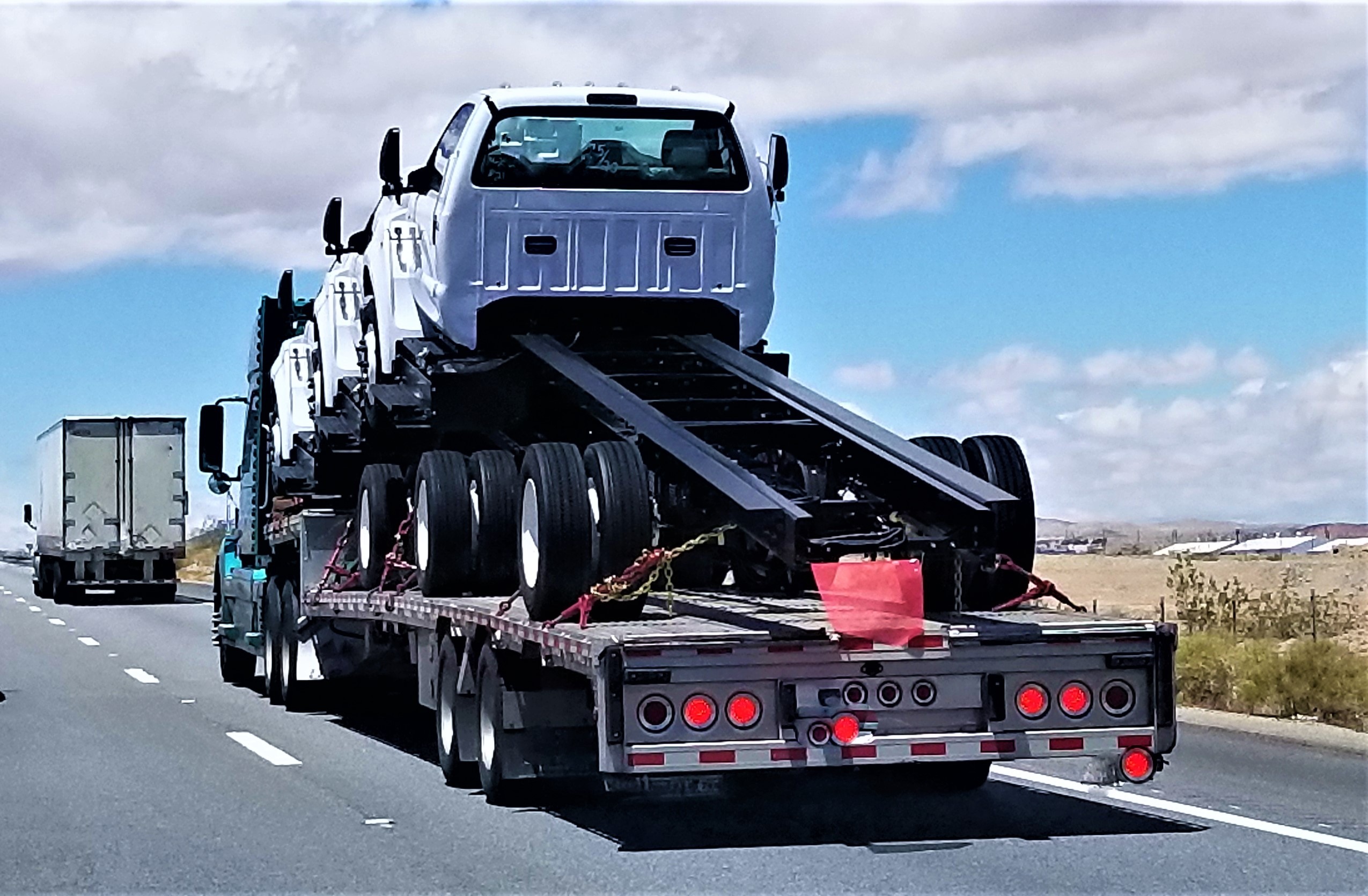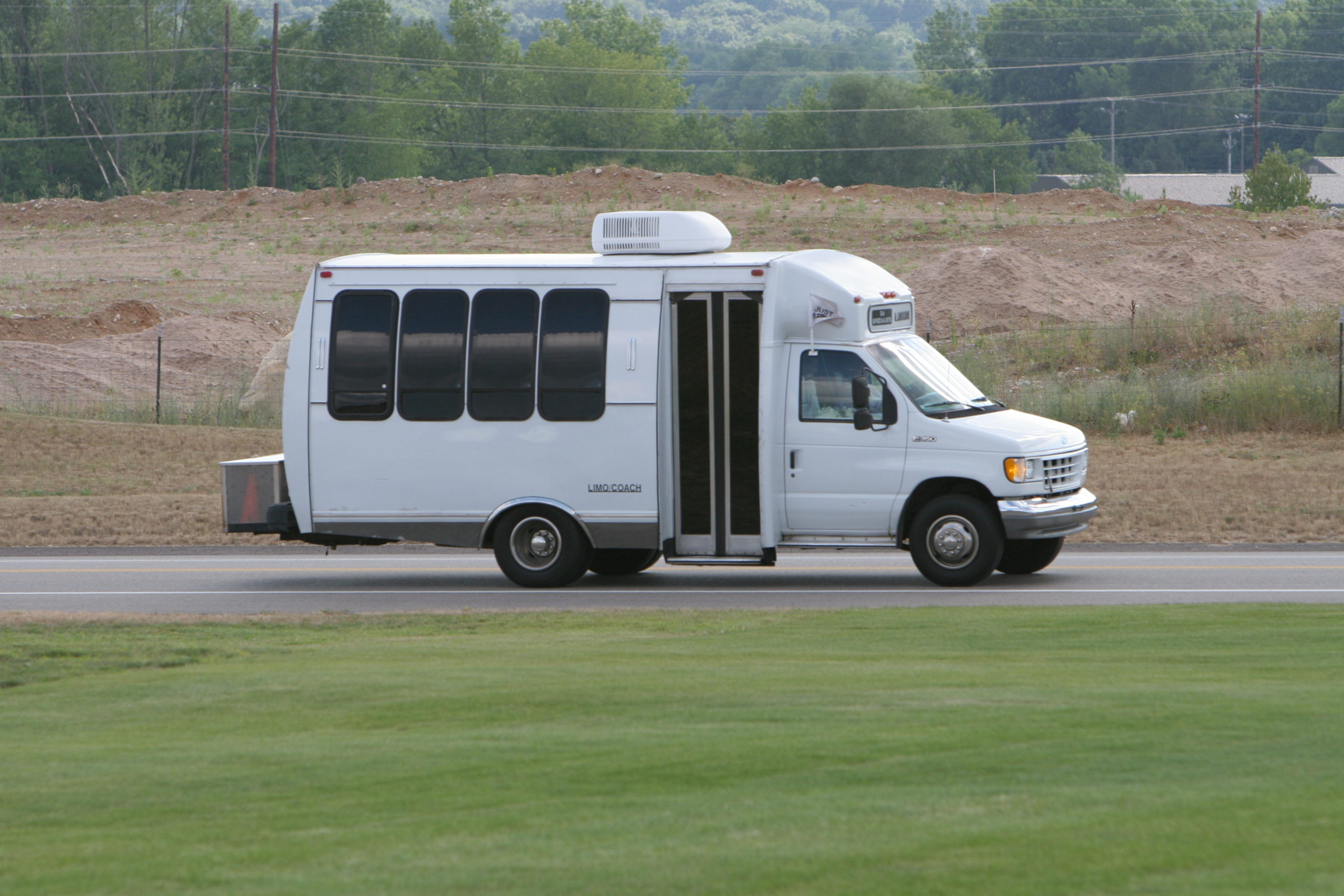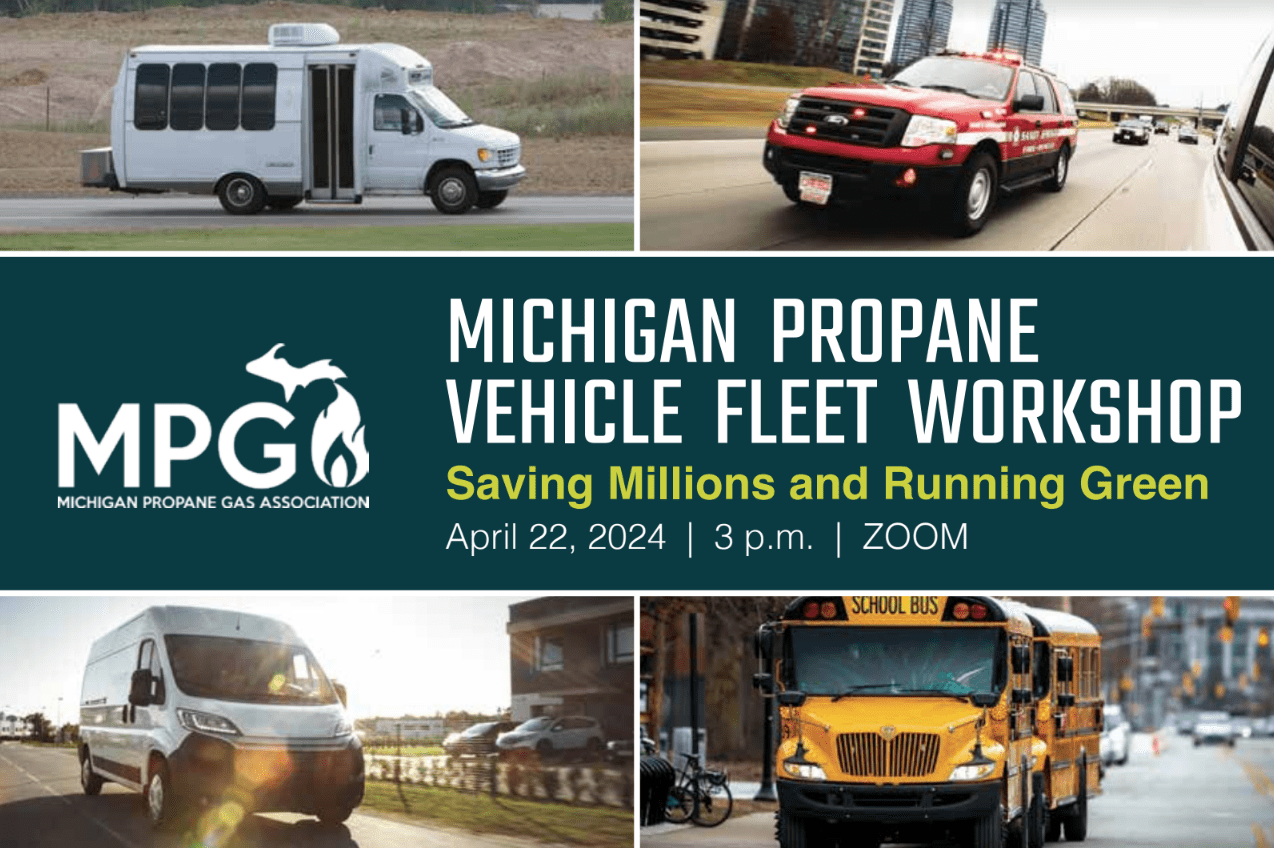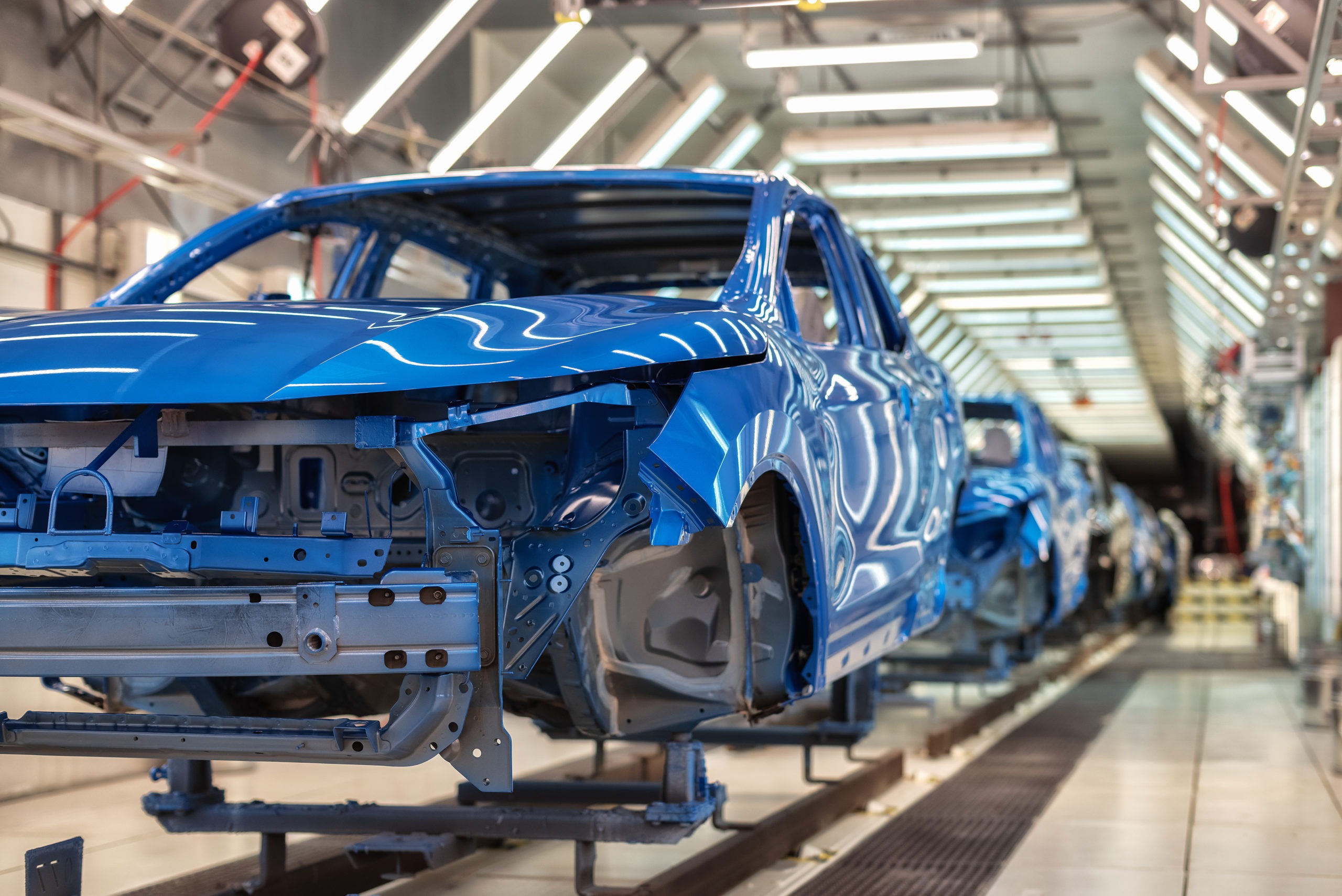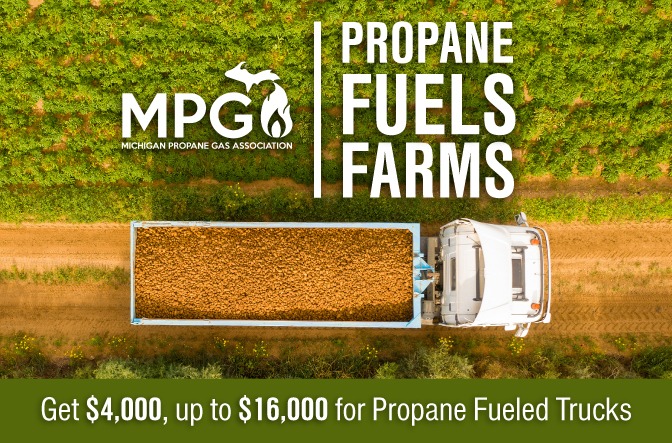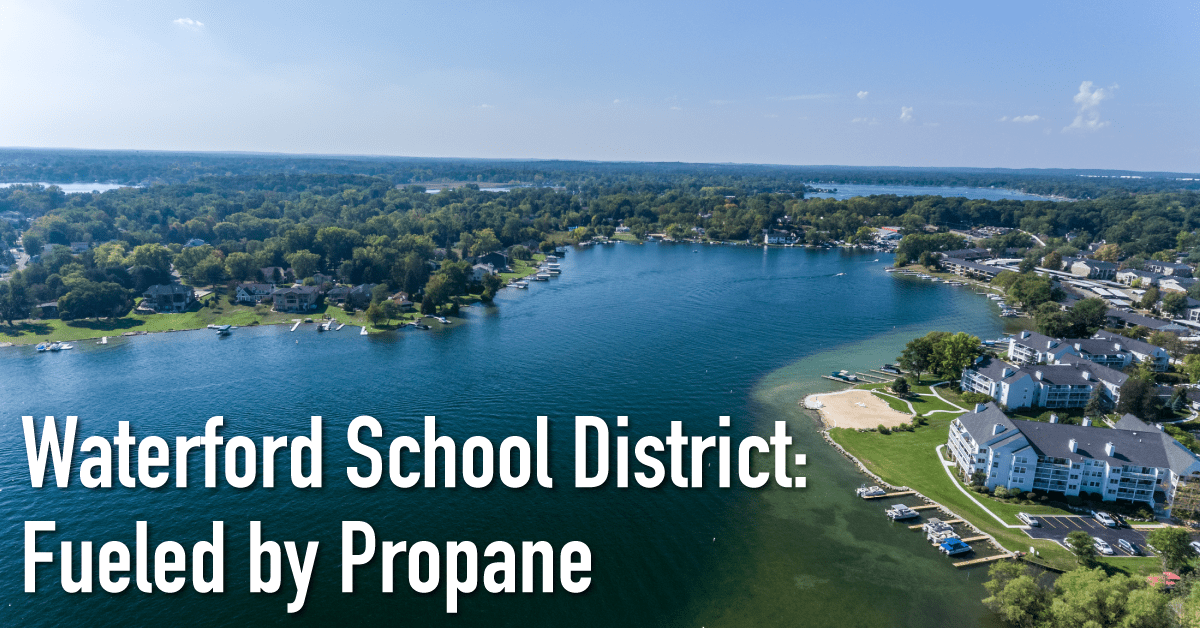|
|
C3H8 (majority) and C4H10 (minority) |
C4 to C12 and Ethanol ≤ to 10% |
|
|
Fuel Material (feedstocks) |
Fats and oils from sources such as soybeans, waste cooking oil, animal fats, and rapeseed |
|
|
Natural gas, coal, nuclear, wind, hydro, solar, and small percentages of geothermal and biomass |
Gasoline or Diesel Gallon Equivalent (GGE or DGE) |
1 gal = 0.74 GGE 1 gal = 0.66 DGE |
1 gal = 1.00 GGE 1 gal = 0.88 DGE |
1 gal = 1.12 GGE 1 gal = 1.00 DGE |
1 kWh = 0.030 GGE 1 kWh = 0.027 DGE |
Energy Comparison (GGE = Gasoline Gallon Equivalent) |
gallon of propane has 73% of the energy in 1 GGE due to the lower energy density of propane. |
1 gallon of gasoline has 97%–100% of the energy in 1 GGE. Standard fuel is 90% gasoline, 10% ethanol. |
1 gallon of diesel has 113% of the energy in 1 GGE due to the higher energy density of diesel fuel. |
A typical battery that is the same size as a gallon of gas (0.134 ft3), when used for transportation, can store 15.3% of the energy in 1 GGE. [6][7] |
Energy Content (lower heating value) |
|
112,114– 116,090 Btu/gal (c) |
|
|
Energy Content (higher heating value) |
|
120,388– 124,340 Btu/gal (c) |
|
|
|
|
Pressurized liquid (heavier than air as a gas) |
|
|
|
|
|
|
|
|
|
|
|
|
|
|
|
|
|
|
|
|
|
|
|
|
|
|
|
|
|
|
|
Lubricity is improved over that of conventional low sulfur diesel fuel. For more maintenance information see, the Biodiesel Handling and Use Guidelines—Fifth Edition. (d) |
|
|
|
Approximately half of U.S. LPG is derived from oil, but no oil is imported specifically for LPG production. |
Manufactured using oil. Transportation accounts for approximately 30% of total U.S. energy needs and 70% of petroleum consumption. (l) |
Manufactured using oil. Transportation accounts for approximately 30% of total U.S. energy needs and 70% of petroleum consumption. (l) |
Electricity is produced domestically from a wide range of sources, including through coal-fired power plants and renewable sources, making it a versatile fuel. |

